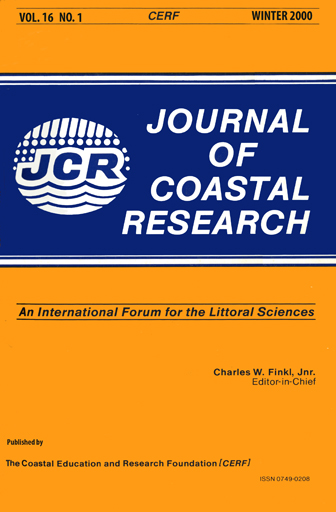Restoration of Shellfishing Waters in a Tidal Creek Following Limited Dredging
Keywords:
Enteric bacteria, turbidity, flushing, estuaries, pollution managementAbstract
A moderately-developed tidal creek feeding the U.S. Atlantic Intracoastal Waterway was closed to shellfishing for a number of years because of high fecal coliform counts. An investigation was unable to determine an anthropogenic source for the contamination. Because dung piles and other wild animal signs were concentrated in the most affected area of the creek animals were assumed to be a major source of the coliform pollution. Over the years a sandbar had accumulated across the mouth of the creek, impeding flow into the creek. A coalition consisting of a concerned citizen's group, local government, and university scientists obtained permits to conduct limited creek-mouth dredging to improve flushing and increase salinity in polluted areas. Following dredging, fecal coliform counts decreased 35 to 60% creek-wide, with greatest decreases in stations midway up the creek. Nitrate concentrations decreased significantly and turbidity increased significantly at two creek stations. A continuous monitor located midway up the creek recorded higher salinities and less intertidal salinity variability following dredging than before dredging. The North Carolina Division of Marine Fisheries reopened the creek to shellfishing a year after dredging. While dredging proved to lower fecal coliform counts to acceptable levels, it did not remove the source of contamination; rather, it alleviated the symptoms.


